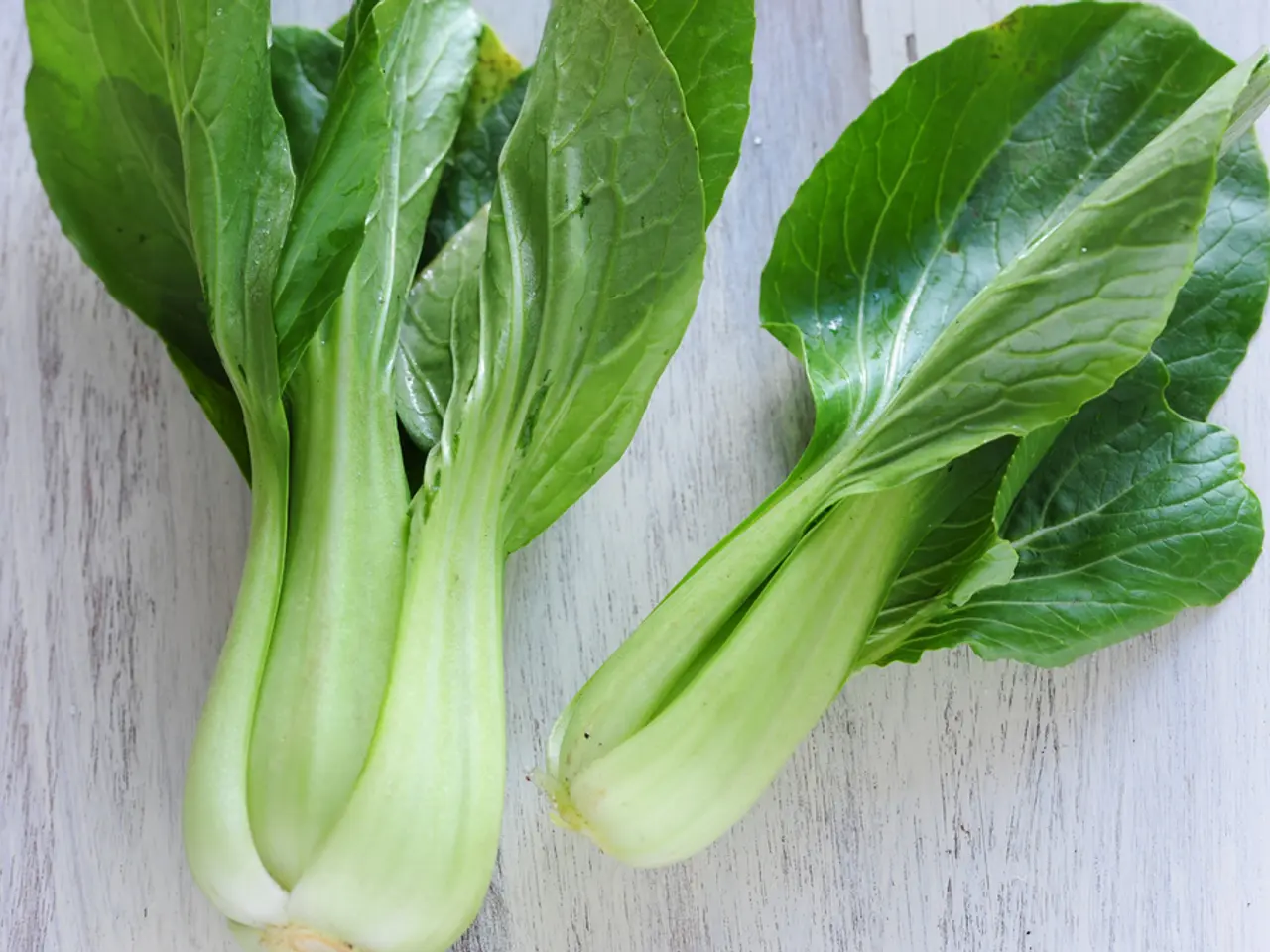Planting Options for Your Spring Garden Early On
Early Spring Gardening: A Guide to Planting Cool-Season Vegetables and Herbs
As the days grow longer and the weather starts to warm, gardeners across the country are eager to get their hands dirty and start planting. While the ground may still be too cold for some vegetables and herbs, there are plenty of options for early spring planting.
Vegetables
Peas, radishes, spinach, lettuce, arugula, and brassicas like broccoli and cauliflower are all well-suited for early spring planting. Peas, such as Sugar Snap and Early Frosty, can be direct-sown as soon as the soil is workable and tolerate mild frost. Radishes, like Cherry Belle and French Breakfast, grow quickly and can handle cool soils. Spinach, such as Bloomsdale and Lakeside, thrives in cool weather and light frost. Lettuce, whether Butterhead or Romaine, grows well in cool soil, and succession planting ensures a continuous harvest. Arugula is another fast-growing leafy green that tolerates light frosts. Brassicas, like broccoli and cauliflower, also prefer cooler soil temperatures and can be planted early.
Herbs
Thyme, sorrel, and sweet cicely are all hardy herbs that grow well in cooler temperatures. Thyme is cold-hardy, growing well in zones 4 to 8 with full sun and well-draining soil. Sorrel (Rumex acetosa and relatives) grows in zones 3-9, tolerates cold soil, and prefers full sun to part shade. Sweet Cicely can grow in cool soils in partial to full shade, suited for zones 5-9, and tolerates cold conditions.
Getting Started
To determine the first possible moment to plant, a soil thermometer can be used. Radishes can be planted when the soil hits 39°F, while peas and onion sets can germinate with soil temperatures as low as 34°F. Lettuce seeds can germinate when soil temperatures hit 40°F, and beets can be planted when the soil temperature hits 40°F as well. Impatient gardeners have options to start planting earlier in March, but experts advise waiting to seed until a few days or weeks after the last frost date, and until the soil warms up to optimum germination temperatures.
Cool-season vegetables and hardy herbs form the backbone of early spring planting due to their unique tolerance to cold soil and air temperatures. When planting in cool soil, it's important to ensure the soil is workable (not frozen or waterlogged), provide well-drained soil, and harden off any seedlings before transplanting outdoors if started indoors.
Container Planting
Gardeners can contain their gardening urges by focusing on container planting when the soil is still cold. Violas need full sun and excellent drainage and come in remarkable colors. Dill can be planted five weeks before the last spring frost, and Bachelor's Buttons can be planted in early spring and will light up your spring and rebloom in autumn. Nasturtiums can be planted in early spring and bloom almost the entire year in some areas.
In summary, focus on peas, radishes, spinach, lettuce, arugula, brassicas, thyme, sorrel, and sweet cicely when planting early spring vegetables and herbs in cool but frost-free soil conditions. With a little patience and the right plants, you can enjoy a bountiful harvest before the hot summer weather arrives.
[1] Garden Myths: When to Plant Vegetables [2] The Last Spring Frost Date: What You Need to Know [3] Cool-Season Vegetables: A Guide to Planting and Growing [4] Hardy Herbs: A Guide to Growing and Harvesting [5] Garden Design: How to Choose the Right Plants for Your Garden
Embrace the milder spring weather by planting cool-season vegetables like peas, radishes, spinach, lettuce, arugula, and brassicas such as broccoli and cauliflower. These crops thrive in the cooler soil temperatures that early spring offers.
Expand your home-and-garden lifestyle by diversifying your plant selection to include hardy herbs such as thyme, sorrel, and sweet cicely. These herbs can bring welcome flavors to your meals while your garden takes time to warm for the growing season.





